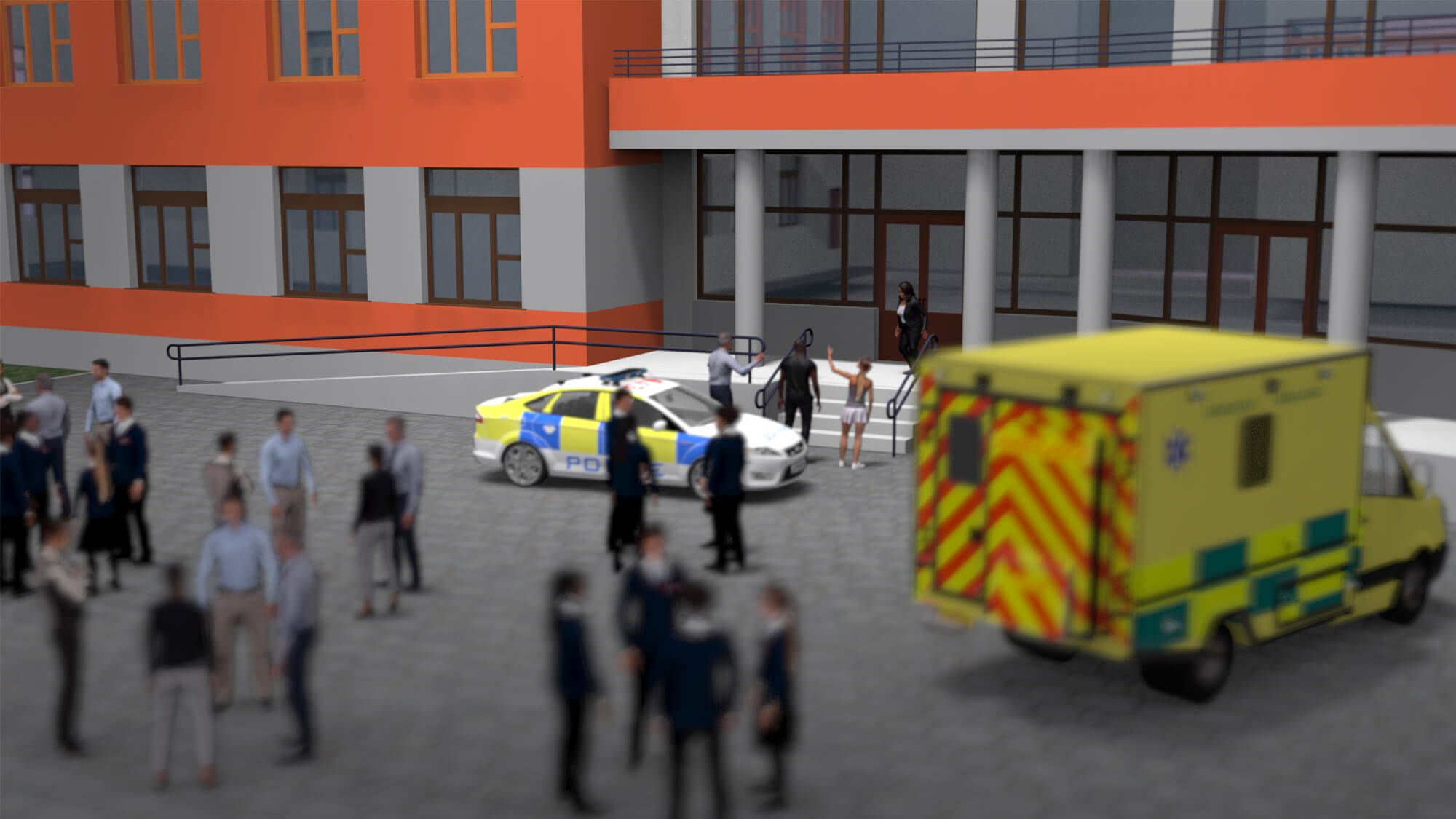Emergency Response Planning for Schools and Academies

Recent events at Ysgol Dyffryn Aman in Carmarthenshire and Ebbw Fawr Learning Community in Ebbw Vale are shocking reminders of just how necessary emergency response procedures are, in all educational settings.
Thankfully, such events are rare in UK schools however, it is still essential to not only develop emergency response strategies but to test them out to ensure they are effective.
What should an Emergency Response Plan include?
An effective Emergency Response Plan should be a key element of every school’s security policy to equip staff to respond effectively to any emergency on-site or on aneducational visit. Having supported many schools to develop such plans I’ve found that all too often the focus is on considering serious events however, a good plan should also be generic enough to cover a range of potential incidents such as:
- Serious injury to a student or member of staff (e.g. transport accident);
- Significant damage to school property (e.g. fire);
- Criminal activity;
- Severe weather (e.g. flooding);
- Public health incidents (e.g. pandemics);
- The effects of a disaster on the local community.
Well-designed emergency response plans should cater for more likely routine incidents such as dealing with abusive or threatening individuals or acts of vandalism on site however, consideration should be given to the likelihood of a more serious incident occurring, such as one involving a student with an offensive weapon, a serious cyber-attack, or a physical attack on the premises.
I always advise taking a three-phased response approach to the plan’s development:
- pre-incident preparation;
- incident response;
- post-incident recovery.
In order for the plan to be effective, each phase should include risk assessments that identify internal and external security risks, determine the type, frequency and probability of an incident or event happening and then put measures in place to eliminate or reduce the risk of it occurring. Undertaking a self-assessment emergency planning process is essential.
Training
As stated earlier, just having a plan in place is not the answer. All staff should know what to do to protect themselves, understand their duty of care to protect pupils from harm, how to safeguard the estate and be able to determine when it is appropriate to contact the police and other emergency services.
They must all be aware of the Run, Hide Tell model and know where ‘grab kits’ containing items useful in an emergency are located.
Training for all staff and children will ensure a strong security culture. Crucially, regular exercises testing responses such as invacuation, evacuation and lockdown will not only familiarise everyone with the responses to various threat scenarios, it enables a thorough evaluation of their effectiveness. Remember, as pupil cohorts and personnel change it is important to embed emergency response plans within induction processes and test practices.
Conclusion
There’s an old adage ‘Fail to plan, plan to fail’ and that certainly can be applied to this area safeguarding planning. By embracing comprehensive planning, training, and coordination, all educational settings can create a safer environment for staff, children and visitors.
The SSS Learning Emergency Reponse Strategy for SLTs training course also includes:
- A sample Invacuation, Evacuation and Lockdown policy
- Self Assessment Emergency Planning Checklist
- Risk Assessment Template
- Post Incident Support Checklist
- Evacuation, Invacuation & Lockdown Templates
SSS Learning Safeguarding Director
15 May 2024